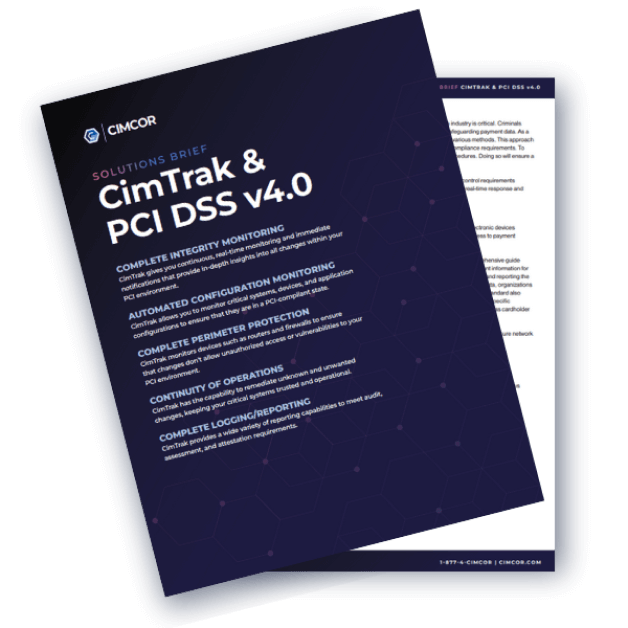In the middle of the busiest shopping season of the year, the second-largest general retailer in the United States, Target, announced Thursday morning that they had experienced a massive data breach. Target said that as many as 40 million customers may be affected. News of the breach broke on the KrebsOnSecurity blog run by Brian Krebs, a computer security expert.
The breach involves credit card data and Target believes that the data was stolen over a two-week period of time beginning on Black Friday and extending until Sunday, December 15th. Target customers, who shopped in stores during that time period and who used a credit card to pay for their purchases, are urged to be vigilant and take steps to quickly detect if their credit card information is being used fraudulently.
So what can shoppers do to protect themselves? The answer, besides using cash to pay for everything, may just be “very little.” Companies of all sizes experience data breaches every day. If a mammoth retailer such as Target can be breached (and they certainly have safeguards in place to prevent a breach), imagine how vulnerable an organization a fraction of their size is! The issue, of course, is that securing computer networks (and breaching them) is ultimately in human hands. No matter how much security gets built into a network, there is always the possibility that something was overlooked. Hackers see those oversights as an opportunity, and the rest is history.
Here are some tips gathered from the Cimcor team regarding what Target customers affected by the breach can do.
-
Check your credit card statement now and regularly thereafter. This simple task can allow fast detection of fraudulent activity.
-
If you used a debit card, change your PIN number. This may prevent your card from being used, even if someone has your card number. Keep in mind that this is not foolproof as some mail order and phone order transactions do not require a PIN number. Even if your debit card wasn’t affected by this breach, it’s always good practice to use a secure PIN number. Something such as 1234 can easily be guessed and is more commonly used than many people think.
-
If you find unauthorized purchases on your bank or credit card statement, immediately notify your bank or credit card company. This can prevent the problem from getting any larger.
Lastly, don’t panic. Most, if not all, card issuers do not hold cardholders responsible for unauthorized charges.
For now, few details and a lot of speculation abound as to what went wrong at Target. Hopefully, as the breach investigation gets underway, new information will emerge that can help other retailers avoid the same fate and make all customers' data a little safer.
Tags:
Cybersecurity
December 20, 2013




